How much does it cost to heat YOUR greenhouse?
rht123
10 years ago
Featured Answer
Sort by:Oldest
Comments (22)
fruitnut Z7 4500ft SW TX
10 years agolast modified: 9 years agoCanadianLori
10 years agolast modified: 9 years agoRelated Professionals
Danbury Landscape Architects & Landscape Designers · Manhattan Beach Landscape Architects & Landscape Designers · Severn Landscape Architects & Landscape Designers · Elgin Landscape Contractors · Lakeland Landscape Contractors · Ashburn Landscape Contractors · Ellicott City Landscape Contractors · Melrose Landscape Contractors · Pikesville Landscape Contractors · Pleasant Prairie Landscape Contractors · San Benito Landscape Contractors · Streamwood Landscape Contractors · Wells Landscape Contractors · White Bear Lake Landscape Contractors · Maplewood Solar Energy Systemsfruitnut Z7 4500ft SW TX
10 years agolast modified: 9 years agoCanadianLori
10 years agolast modified: 9 years agoCanadianLori
10 years agolast modified: 9 years agosand_mueller
10 years agolast modified: 9 years agosteve333_gw
10 years agolast modified: 9 years agosandy0225
10 years agolast modified: 9 years agofruitnut Z7 4500ft SW TX
10 years agolast modified: 9 years agosteve333_gw
10 years agolast modified: 9 years agorht123
10 years agolast modified: 9 years agocurlygirl
10 years agolast modified: 9 years agokarin_mt
10 years agolast modified: 9 years agocurlygirl
10 years agolast modified: 9 years agokarin_mt
10 years agolast modified: 9 years agocurlygirl
10 years agolast modified: 9 years agokarin_mt
10 years agolast modified: 9 years agokentzhou
7 years agokentzhou
7 years agoBarrie, (Central PA, zone 6a)
7 years agoIsuzu Buyer
7 years ago
Related Stories

INSIDE HOUZZHow Much Does a Remodel Cost, and How Long Does It Take?
The 2016 Houzz & Home survey asked 120,000 Houzzers about their renovation projects. Here’s what they said
Full Story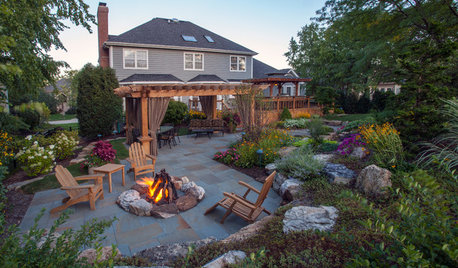
GARDENING AND LANDSCAPING3 Ways to Bring the Heat to Outdoor Living Spaces
Here’s what to know about surviving winter’s bite with an outdoor fireplace, fire pit or heat lamp
Full Story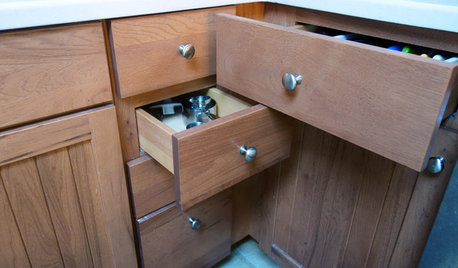
FUN HOUZZ10 Truly Irritating Things Your Partner Does in the Kitchen
Dirty dishes, food scraps in the sink — will the madness ever stop?
Full Story
REMODELING GUIDESBathroom Workbook: How Much Does a Bathroom Remodel Cost?
Learn what features to expect for $3,000 to $100,000-plus, to help you plan your bathroom remodel
Full Story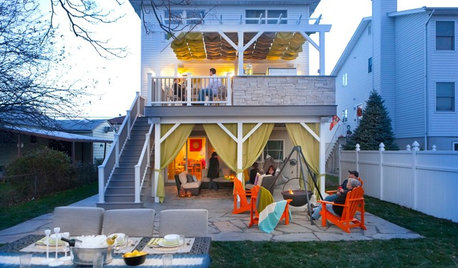
LIFEHouzz Call: What Does Summer Look Like at Your Home?
Kids, water, sunshine, backyards, cold drinks — share photos of what summer at home means to you
Full Story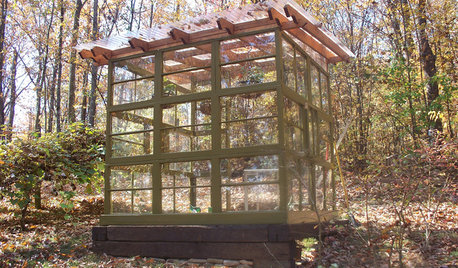
GARDENING AND LANDSCAPINGSee a Family Greenhouse Grown From Scraps
Can-do resourcefulness and less than $400 lead to a new 8- by 8-foot home for plants on a Tennessee family's property
Full Story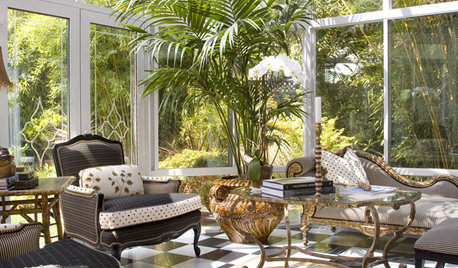
DECORATING GUIDESGo for a Greenhouse Effect With an Exotic Conservatory
Cultivate a rarified hothouse feel with or without all-glass walls; these inspiration photos and product picks show you how
Full Story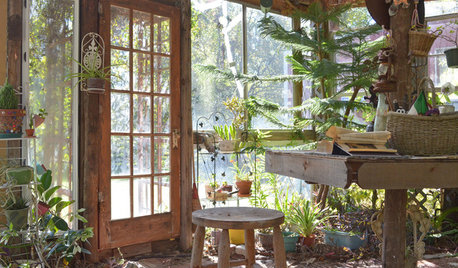
GREENHOUSESA Greenhouse Rises From Texas Tornado Wreckage
Barn damage became a blessing in disguise for a thrifty, creative couple with a hankering for more greenery
Full Story
GREEN BUILDINGInsulation Basics: Heat, R-Value and the Building Envelope
Learn how heat moves through a home and the materials that can stop it, to make sure your insulation is as effective as you think
Full Story
GREAT HOME PROJECTSHow to Add a Radiant Heat System
Enjoy comfy, consistent temperatures and maybe even energy savings with hydronic heating and cooling
Full StoryMore Discussions






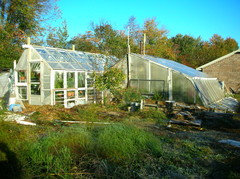

fruitnut Z7 4500ft SW TX